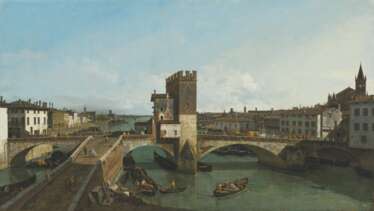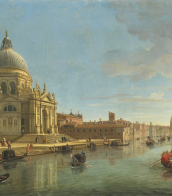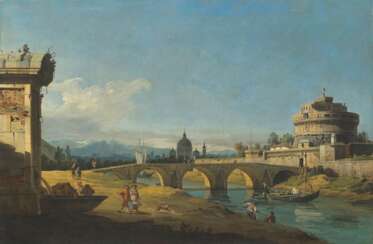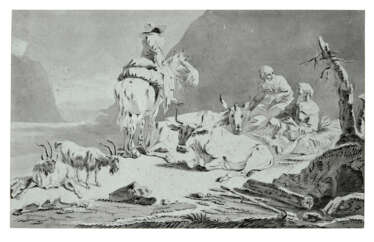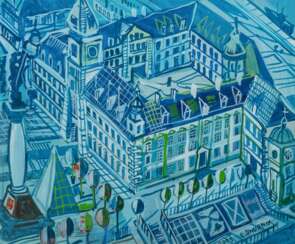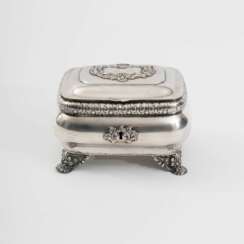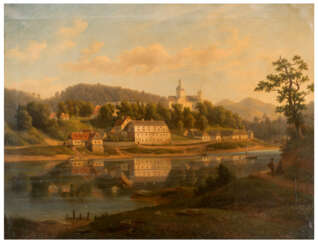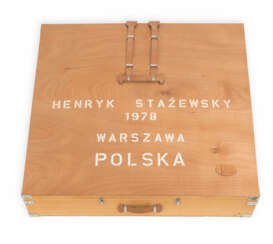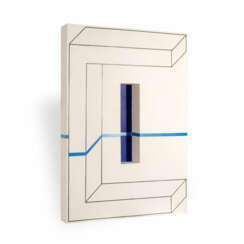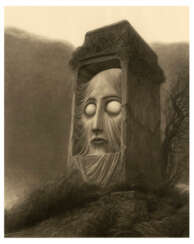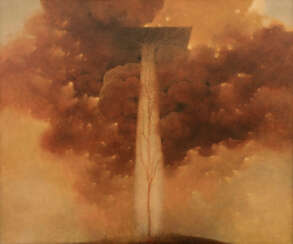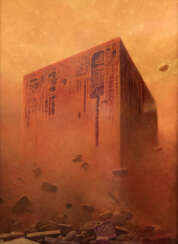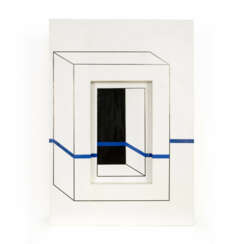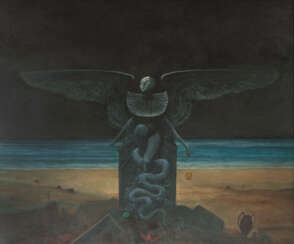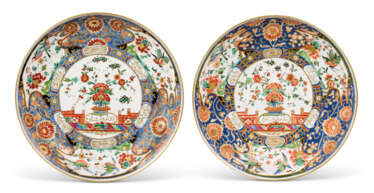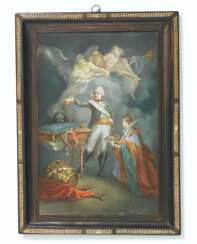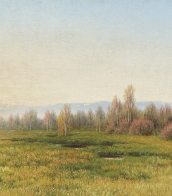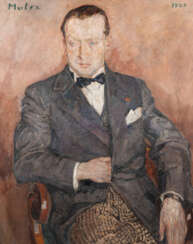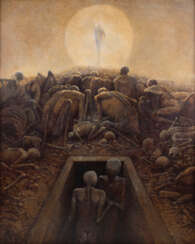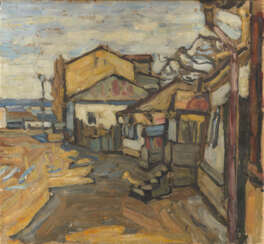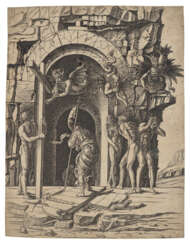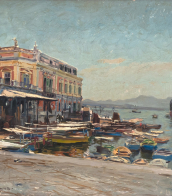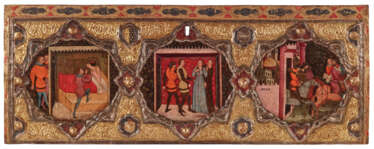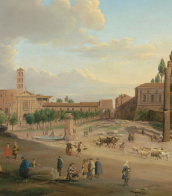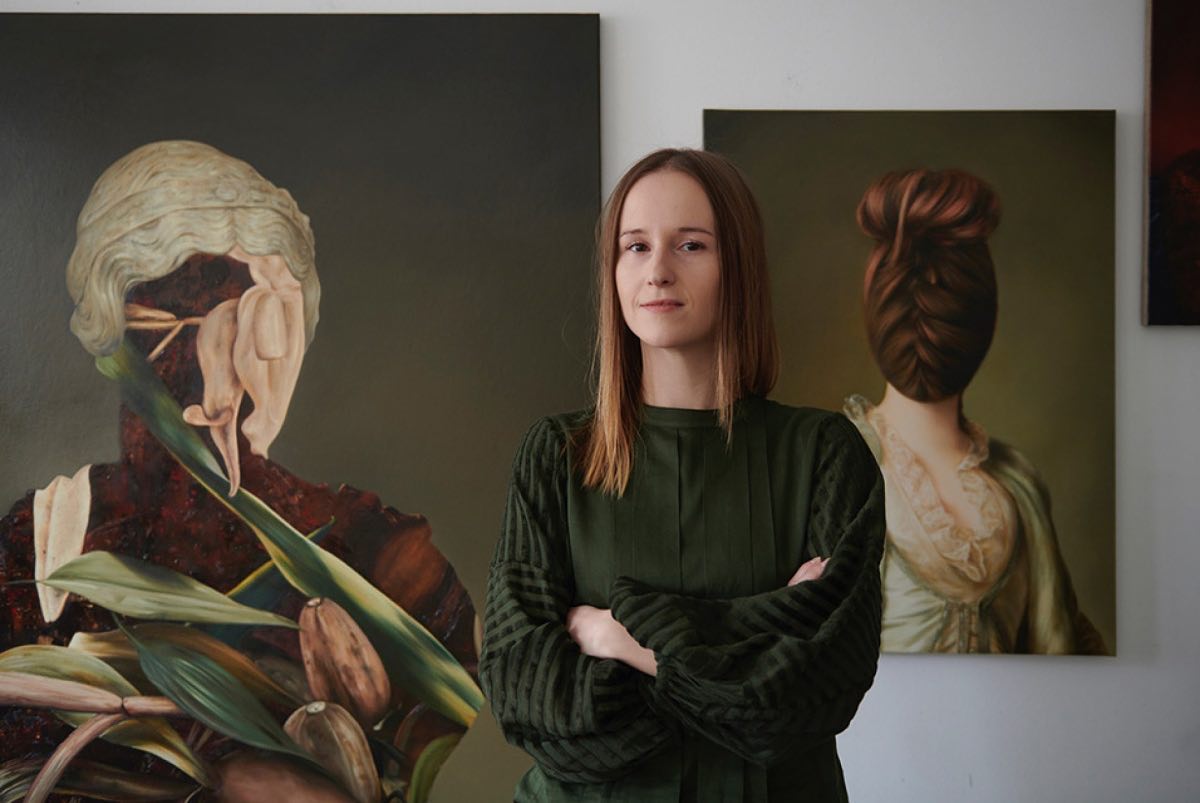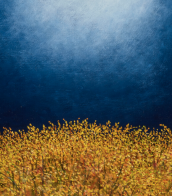warsaw
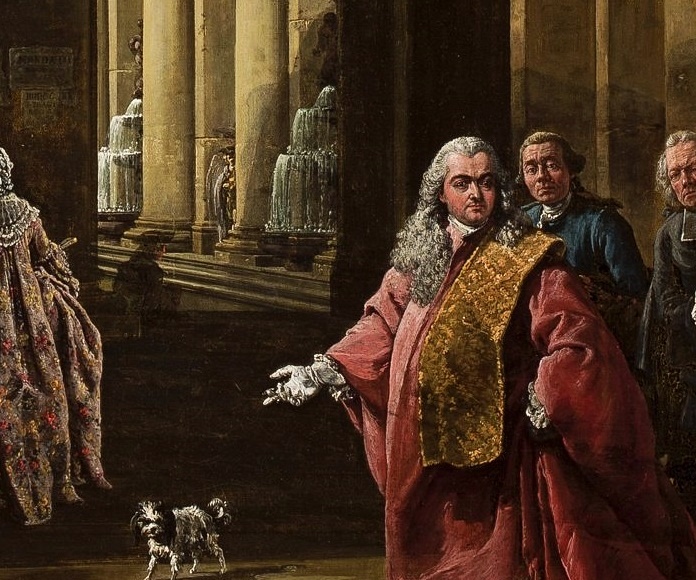
Bernardo Bellotto was an Italian painter, celebrated for his urban landscapes and detailed vedute, particularly of European cities like Dresden, Vienna, and Warsaw. He was born in Venice in 1722 and exhibited prodigious talent from a young age. Under the tutelage of his uncle, the renowned Canaletto, Bellotto honed his skills in capturing the essence of cityscapes with a unique style characterized by a cooler palette and a distinct use of impasto, especially in depicting skies and horizon lines.
In 1747, Bernardo Bellotto's career took him to Dresden, where he served as Court Painter to Augustus III of Poland and Elector of Saxony. His stay in Dresden was marked by the creation of panoramic views, highlighting his knack for architectural detail and the interplay of light and shadow. Following his tenure in Dresden, Bellotto spent the last 16 years of his life in Warsaw, where his works played a significant role in the city's post-World War II reconstruction.
Bernardo Bellotto's works are lauded for their precision and the manner in which they blend his Venetian roots with influences from Dutch landscape painting. His later works in Warsaw, characterized by their vibrant color palette and historical themes, underscore his evolution as an artist. Today, Bellotto's paintings are celebrated for their historical value and artistic merit, housed in prestigious collections in cities like Dresden and Warsaw.
For those interested in exploring the fascinating world of Bellotto's art and its impact on European cultural heritage, signing up for updates on new product sales and auction events related to Bernardo Bellotto is an excellent way to stay informed.

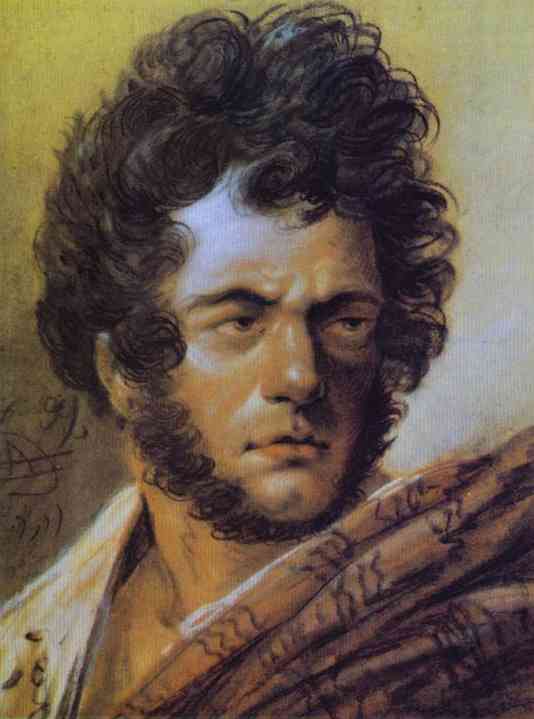
Aleksander Orłowski (Russian: Александр Осипович Орловский), a renowned Polish painter and sketch artist, was born on March 9, 1777, in Warsaw, within the Polish-Lithuanian Commonwealth. His journey into the arts began under challenging circumstances; he was the son of a tavern-keeper and his family was not wealthy. His early promise in art was nurtured by noble patron Izabela Czartoryska, who financed his initial education under the guidance of artist Jan Piotr Norblin.
Orłowski's artistic journey intersected with his military service during the Kościuszko Uprising, a major revolt against Imperial Russia and Prussia in 1794. This period of conflict significantly influenced his later works, which often depicted military scenes and the daily life of soldiers. After the partitions of Poland, Orłowski moved to Saint Petersburg in 1802, where he became a seminal figure in the development of lithography in the Russian Empire.
His oeuvre includes a wide array of subjects, from battle scenes to cultural depictions of everyday life in both Poland and Russia. Notable works such as "Battle Scene" and "Cossack Fighting Off A Tiger" showcase his skill in capturing dynamic movement and drama. His works are preserved in esteemed institutions such as The Russian Museum and The Tretyakov Gallery, highlighting their historical and artistic value.
Orłowski's impact extended beyond the canvas; he was also mentioned in literary works by notable authors like Adam Mickiewicz and Alexander Pushkin, which underscores his cultural significance in the 19th century.
For collectors and experts in art and antiques, Aleksander Orłowski's works represent a crucial segment of Eastern European art history. To stay informed about new discoveries or auction events related to his works, consider subscribing for updates. This subscription ensures you receive timely information tailored to your interests, directly relating to new sales and significant events around Orłowski's art.
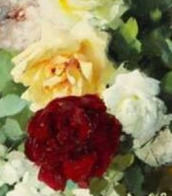
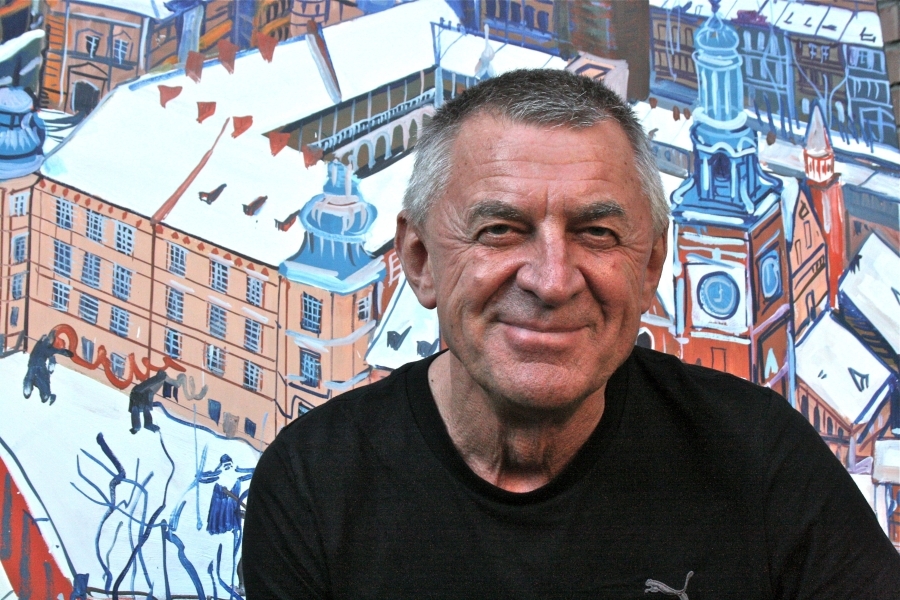
Edward Dwurnik was a Polish expressionist painter and graphic artist. Between 1963-1970 he studied painting, drawing and sculpture at the Academy of Fine Arts in Warsaw. He quickly became one of the most important figures of the Polish contemporary art scene.
Edward Dwurnik is best known for his large-scale paintings depicting everyday life, cityscapes and crowds of people. He often used bold, bright colours and strong black outlines to create his distinctive style. Many of his works depict the absurdity and contradictions of modern life in Poland and the struggles of ordinary people against political oppression and social injustice.
Throughout his career, Dwurnik's art has evolved and diversified, covering a wide range of techniques and themes. In addition to painting, he also worked in printmaking and drawing.

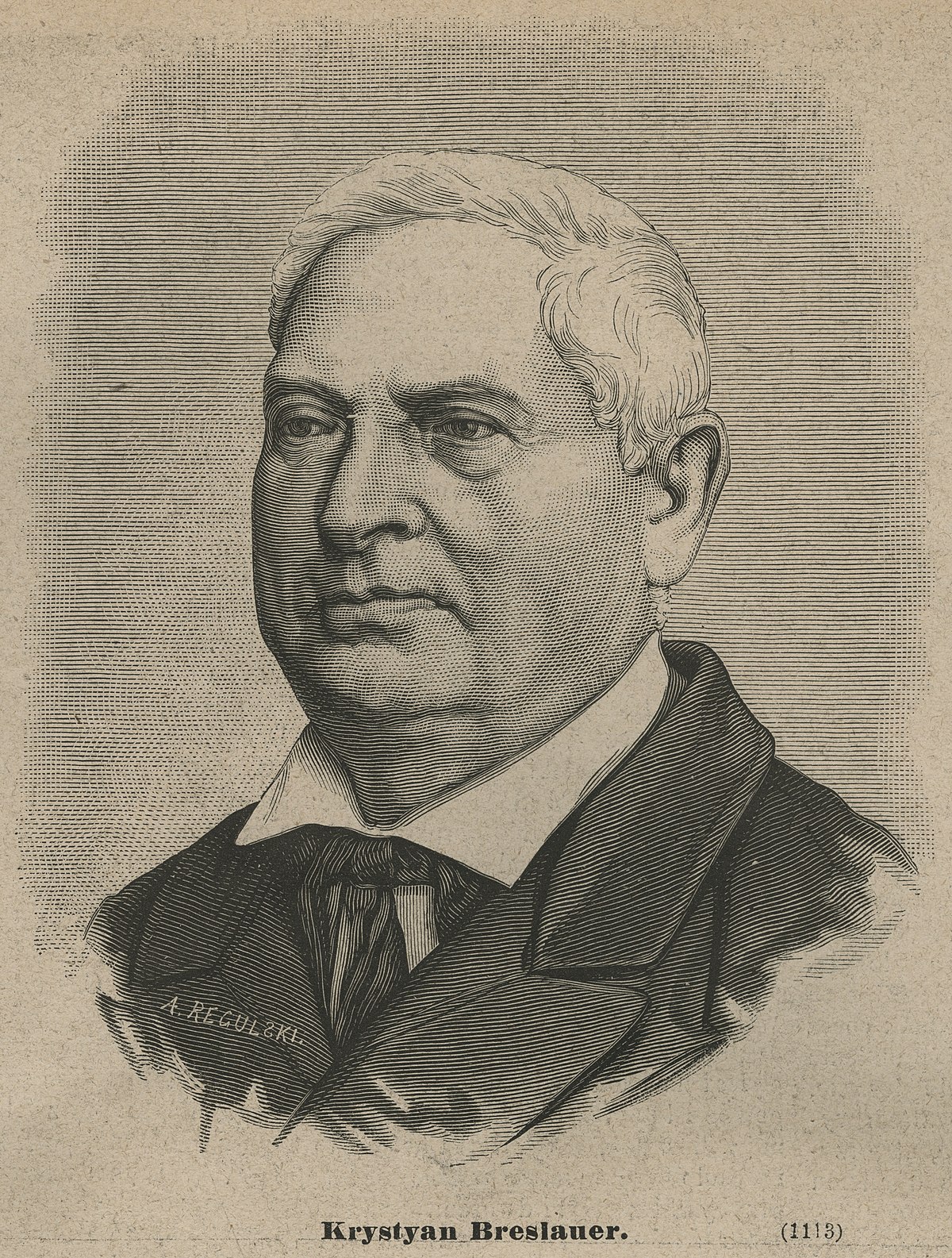

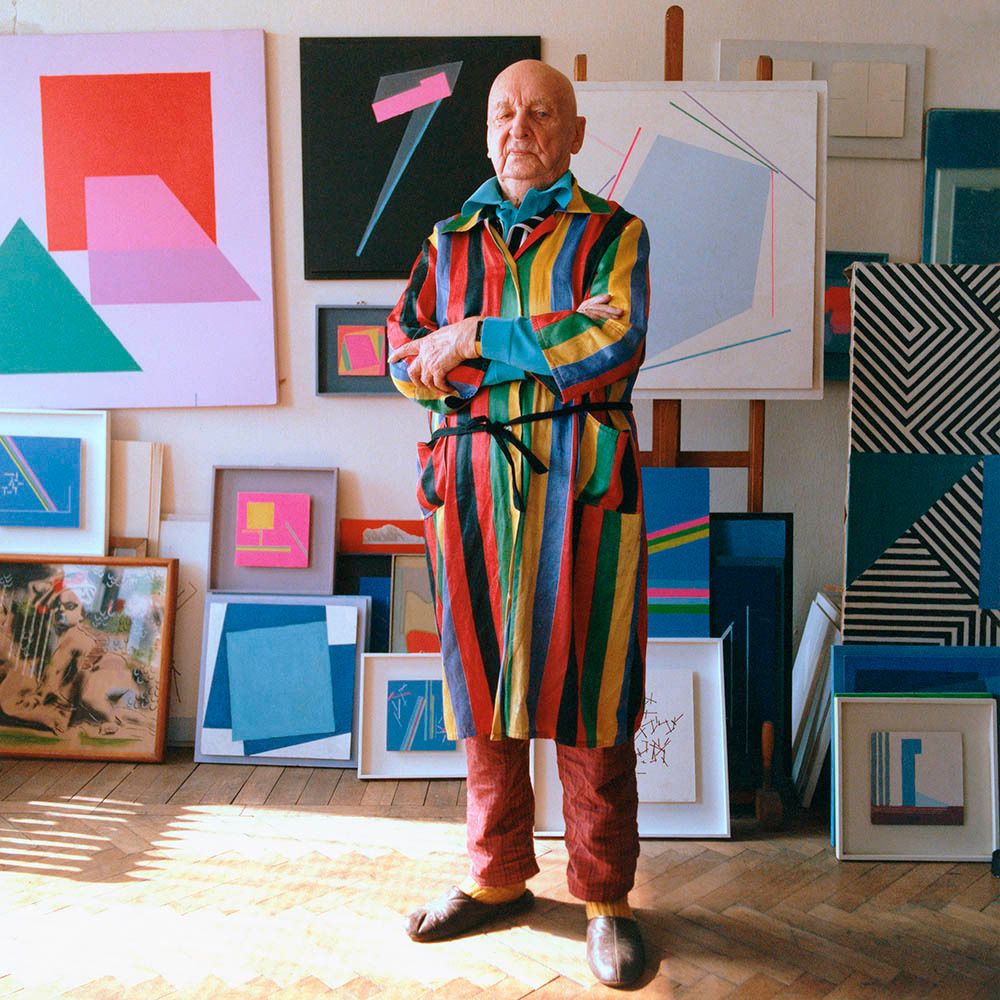

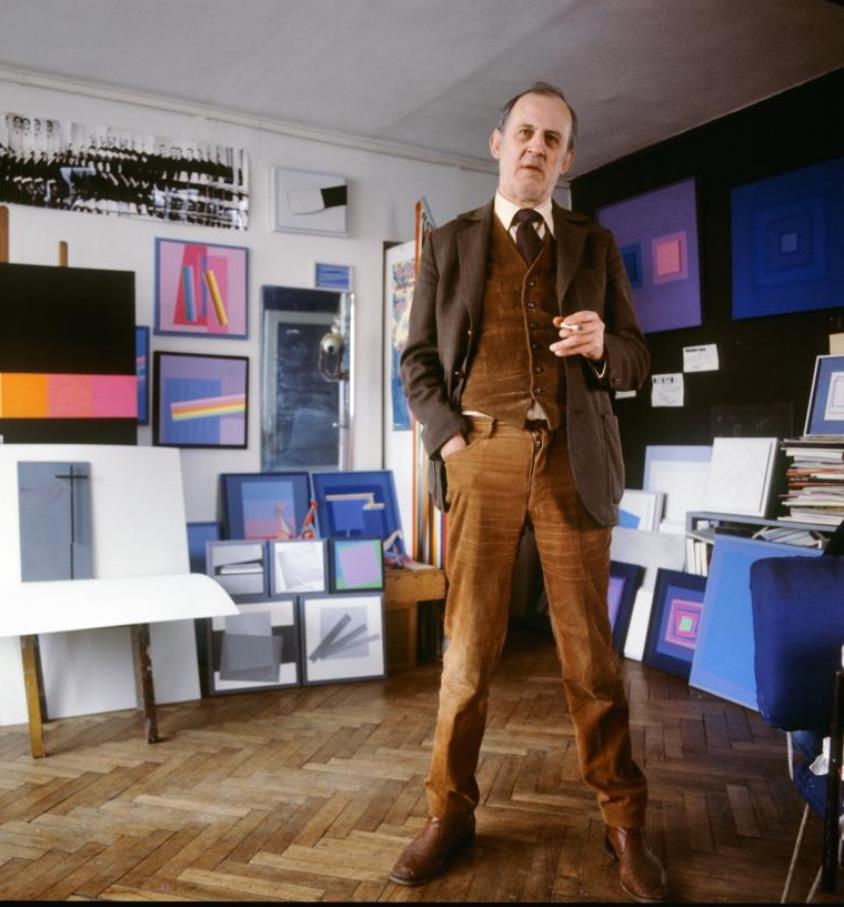

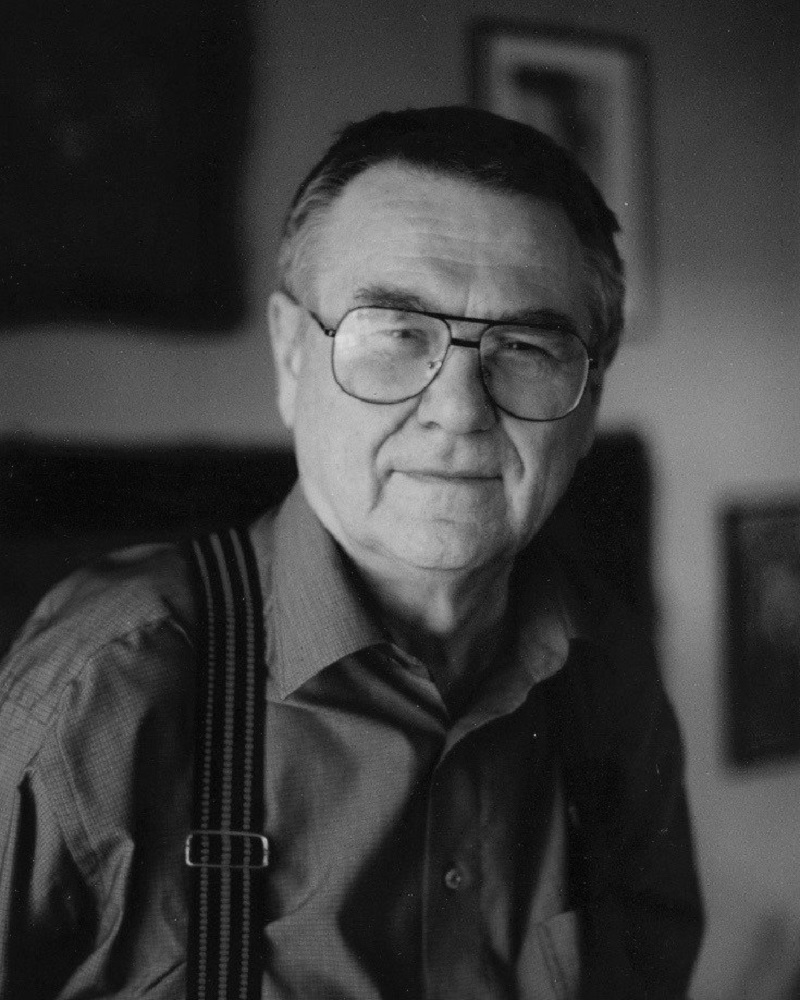
Zdzisław Beksiński was a Polish painter, photographer, and sculptor, specializing in the field of dystopian surrealism.
Beksiński made his paintings and drawings in what he called either a Baroque or a Gothic manner. His creations were made mainly in two periods. The first period of work is generally considered to contain expressionistic color, with a strong style of «utopian realism» and surreal architecture, like a doomsday scenario. The second period contained more abstract style, with the main features of formalism.


Zdzisław Beksiński was a Polish painter, photographer, and sculptor, specializing in the field of dystopian surrealism.
Beksiński made his paintings and drawings in what he called either a Baroque or a Gothic manner. His creations were made mainly in two periods. The first period of work is generally considered to contain expressionistic color, with a strong style of «utopian realism» and surreal architecture, like a doomsday scenario. The second period contained more abstract style, with the main features of formalism.


Zdzisław Beksiński was a Polish painter, photographer, and sculptor, specializing in the field of dystopian surrealism.
Beksiński made his paintings and drawings in what he called either a Baroque or a Gothic manner. His creations were made mainly in two periods. The first period of work is generally considered to contain expressionistic color, with a strong style of «utopian realism» and surreal architecture, like a doomsday scenario. The second period contained more abstract style, with the main features of formalism.




Zdzisław Beksiński was a Polish painter, photographer, and sculptor, specializing in the field of dystopian surrealism.
Beksiński made his paintings and drawings in what he called either a Baroque or a Gothic manner. His creations were made mainly in two periods. The first period of work is generally considered to contain expressionistic color, with a strong style of «utopian realism» and surreal architecture, like a doomsday scenario. The second period contained more abstract style, with the main features of formalism.


Zdzisław Beksiński was a Polish painter, photographer, and sculptor, specializing in the field of dystopian surrealism.
Beksiński made his paintings and drawings in what he called either a Baroque or a Gothic manner. His creations were made mainly in two periods. The first period of work is generally considered to contain expressionistic color, with a strong style of «utopian realism» and surreal architecture, like a doomsday scenario. The second period contained more abstract style, with the main features of formalism.

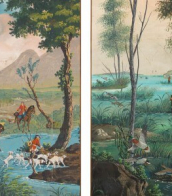
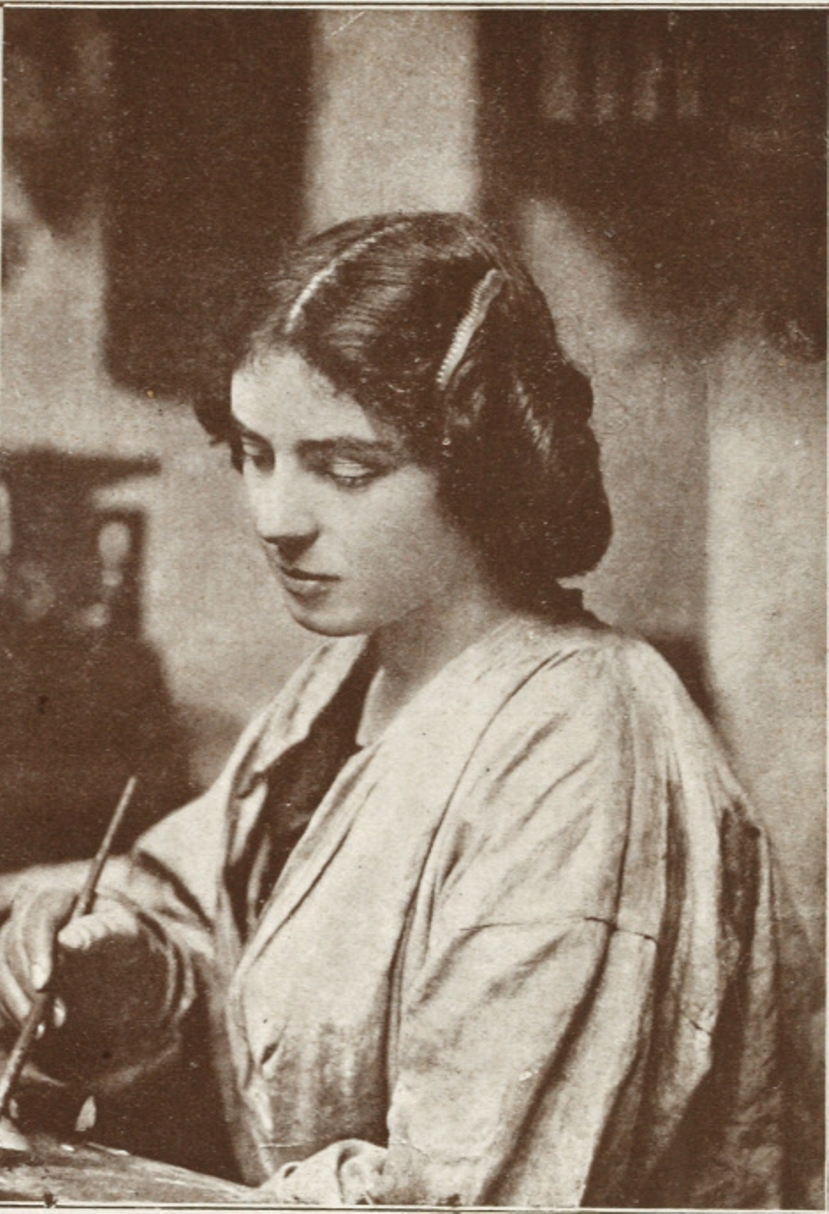
Mela Muter, real name Maria Melania Mutermilch, was a Polish-born Jewish artist who spent most of her life in France.
At the age of 25, in 1901, she moved to Paris with her husband and became known as a modernist painter. Her work was influenced by Paul Cézanne, Paul Gauguin and Vincent van Gogh. Muter painted mainly portraits, landscapes and still lifes.


Zdzisław Beksiński was a Polish painter, photographer, and sculptor, specializing in the field of dystopian surrealism.
Beksiński made his paintings and drawings in what he called either a Baroque or a Gothic manner. His creations were made mainly in two periods. The first period of work is generally considered to contain expressionistic color, with a strong style of «utopian realism» and surreal architecture, like a doomsday scenario. The second period contained more abstract style, with the main features of formalism.

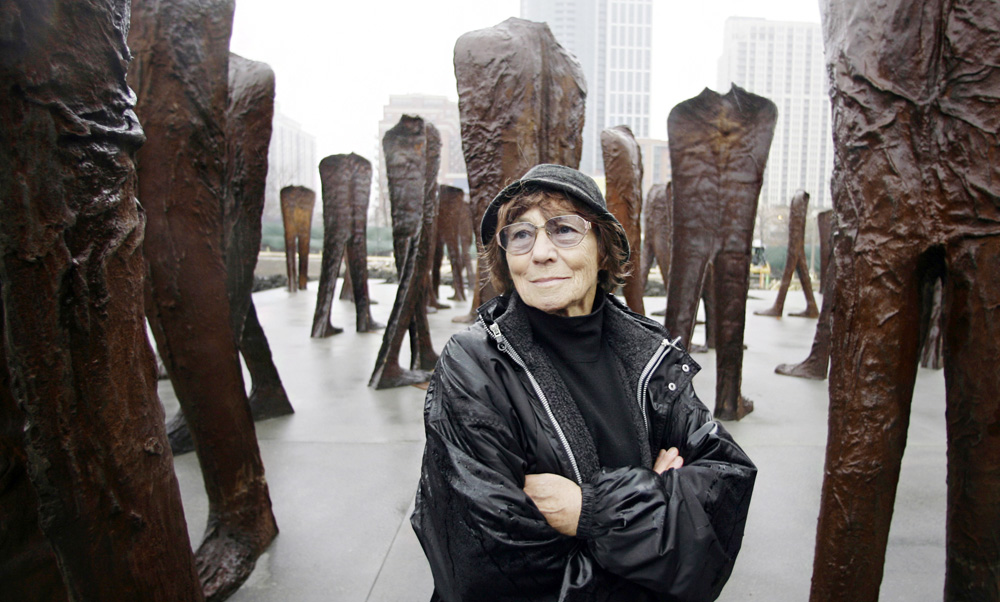
Magdalena Abakanowicz was a distinguished Polish artist, celebrated for her innovative use of textiles as a sculptural medium. Born on June 20, 1930, in Falenty, Poland, and passing away on April 20, 2017, in Warsaw, she carved out a significant place in the art world with her unique artistic expressions that often explored themes of crowd behavior, the trauma of war, and the individuality of the human condition.
Abakanowicz's education at the Academy of Fine Arts in Warsaw was a period of both artistic and personal growth, shaping her future works. During the 1960s, she began creating the "Abakans," large-scale textile sculptures that challenged conventional forms and expressed dynamic movement and vivid emotion. Her works often featured organic, tactile materials like burlap, resin, and wood, which added a profound depth and rawness to her sculptures.
Her sculptures are well-represented in major public installations and collections worldwide, including the National Museum in Wrocław, Poland, Grant Park in Chicago, and the National Gallery of Art Sculpture Garden in Washington, D.C. These pieces are not just art forms but are experiences, inviting viewers to explore deeper psychological and existential themes.
For those captivated by the profound impact and the stirring beauty of Magdalena Abakanowicz's work, subscribing for updates can provide regular insights and information on exhibitions and sales of her works at auctions. This is an excellent way to stay connected with the legacy of an artist who continuously redefined the boundaries of sculpture and installation art.


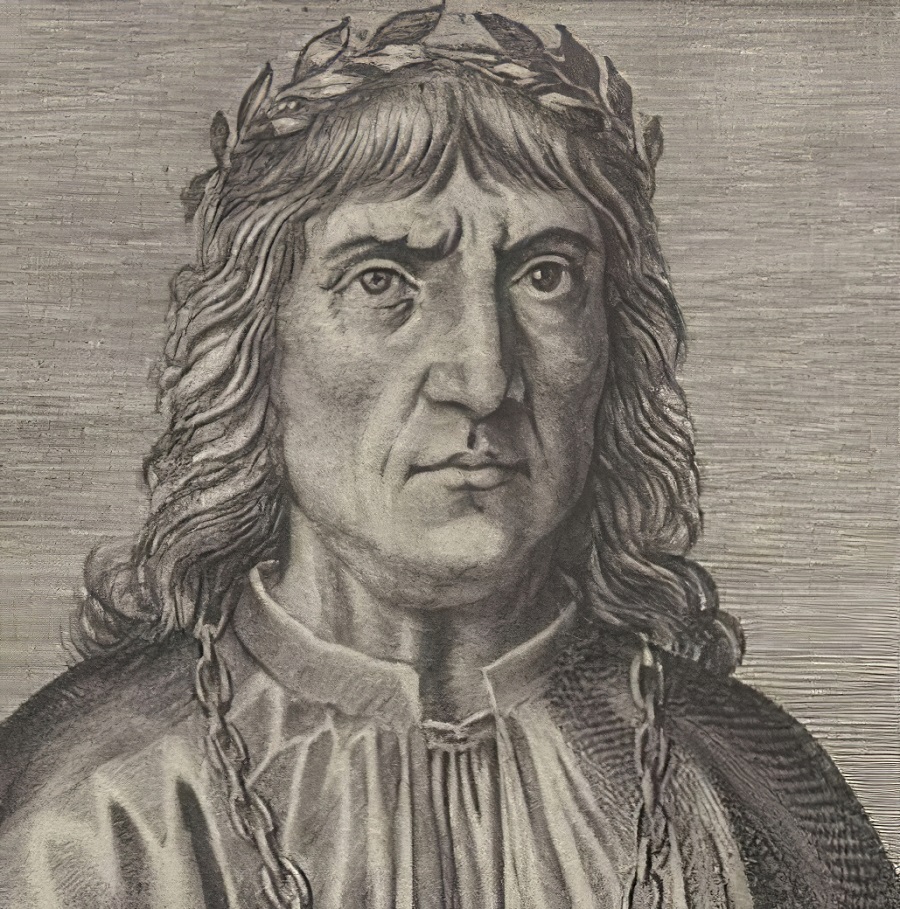
Andrea Mantegna was an Italian painter and engraver, celebrated as the first fully Renaissance artist of northern Italy. Born in 1431 near Vicenza, Mantegna emerged from Francesco Squarcione's Paduan school, distinguishing himself early on with his mastery in painting and his innovative use of perspective. His departure from Squarcione's workshop at a young age to establish his own marked the beginning of a prolific career that would influence the course of Renaissance art.
Mantegna's work is renowned for its dramatic use of perspective and detail, which he applied with meticulous care to both religious subjects and classical themes. His groundbreaking fresco cycle in the Ovetari Chapel, though largely destroyed during WWII, showcased his early mastery of perspective, a technique that would become a hallmark of his style. This early work helped establish his reputation, leading to significant commissions such as the Camera degli Sposi in Mantua's Ducal Palace, completed in 1474, which delighted visitors with its illusionistic space and detailed portraits of the Gonzaga family.
One of his most famous works, the Triumph of Caesar, consists of a series of nine canvases that depict Julius Caesar's victorious return to Rome. These panels, celebrated for their detailed portrayal of the Roman triumph, are now housed in Hampton Court Palace in London. Mantegna's meticulous attention to classical detail and his ability to convey narrative through art have made these works stand out in the history of Renaissance painting.
His exploration of perspective reached a zenith in works such as the Lamentation of Christ, where the use of foreshortening to depict Christ's body laid out for the viewer demonstrated Mantegna's skill in manipulating visual perception for dramatic effect. This piece, along with other later works like the Madonna of Victory and the paintings for Isabella d'Este's private chambers, showcase Mantegna's continuous evolution as an artist and his influence on subsequent generations.
Mantegna's legacy extends beyond his paintings; his engravings were highly valued for their detail and technical execution, influencing artists such as Albrecht Dürer. His draughtsmanship and innovative compositions in both painting and engraving marked a significant contribution to the Italian Renaissance, blending classical themes with the emerging humanist philosophy of the time.
For collectors and experts in art and antiques, Mantegna's works offer a fascinating insight into the transition from medieval to Renaissance art, characterized by an increased emphasis on humanism, perspective, and a revival of classical antiquity. His paintings and engravings not only depict the cultural and intellectual zeitgeist of his era but also demonstrate his technical prowess and creative vision.
To stay informed about new discoveries and upcoming auction events related to Andrea Mantegna's works, signing up for updates is highly recommended. This subscription ensures that enthusiasts are always in the loop regarding sales and exhibitions featuring the magnificent works of this Renaissance master.

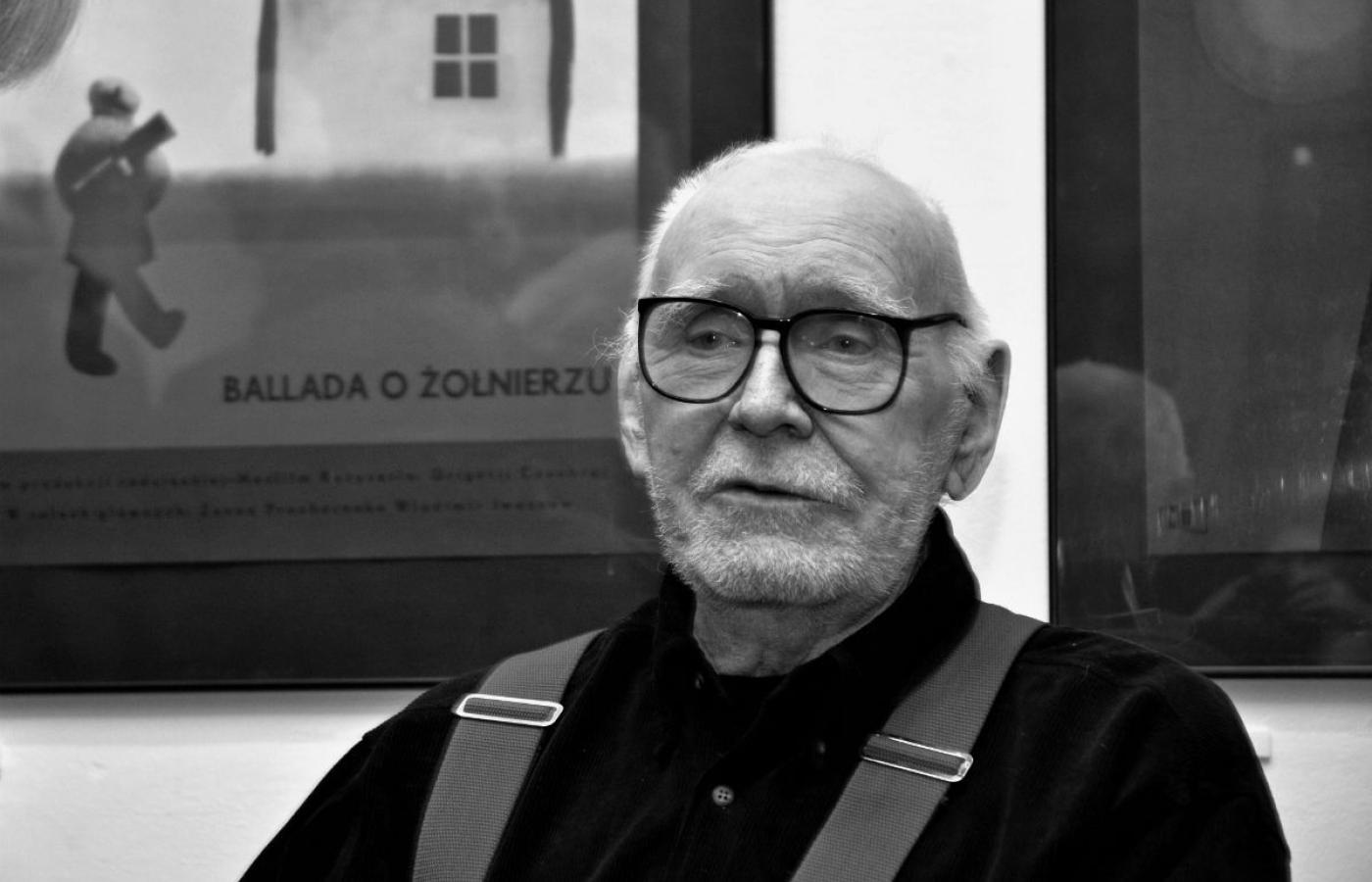
Wojciech Fangor was a Polish painter, graphic artist, sculptor and a co-creator of the Polish School of Posters.




